Ever wonder where does toilet water go after you flush? It's a question we might not think about often. But the journey it takes is really interesting. Our sewage system and wastewater treatment plant are like unsung heroes, working hard behind the scenes.
In 2020, there was a big problem because people were flushing things they shouldn't. This was because of a toilet paper shortage. It caused trouble, for our sewage systems and made city officials work harder to stop sewage backups.
Learning about where does toilet water go helps us understand and respect our plumbing. It shows us that what we flush affects not just our homes but also the environment.
What Happens When You Flush the Toilet?
The immediate process inside the toilet bowl and pipes
When you flush the toilet, water and waste travel through pipes. They first mix in the toilet's trap, which blocks sewer gas from entering your home. Gravity then moves everything to a larger sewer pipe under the street.
Many people wonder where does toilet water go right after flushing. The answer lies in your home's plumbing system, which directs the waste toward a municipal sewer system or a septic tank. The entire process happens quickly, often within seconds of flushing.
All homes in an area send their wastewater into this big pipe. The water goes to either a treatment plant or a septic system, depending on local sewage and drainage systems. This process varies based on location and how an area manages sewage disposal.
How gravity and pressure help move waste
Gravity and pressure move toilet waste to treatment plants. Waste flows down home pipes due to gravity. It then enters larger sewer pipes under streets. Pressure helps when these pipes must go uphill or send waste far away. This system needs both gravity and pressure to work right.
If you've ever wondered where does toilet water go when your home is located on a hill, pressure systems may be involved. Pumping stations are often used in such cases to make sure waste is moved efficiently toward treatment plants.
The role of sewer systems in directing wastewater
Sewer systems act as pathways, for wastewater. This includes water from toilets, sinks, and showers. Pipes transport this water to a treatment plant. There, the water is cleaned before it's released into rivers or the sea.
In cities, large sewer pipes under the streets gather all the wastewater. In rural areas, septic tanks are common. These tanks clean waste locally at each home. Both methods ensure that wastewater is treated properly. This process keeps our environment cleaner by preventing pollution before water returns, to nature.
If you've thought about where does toilet water go in a city versus a rural area, the main difference lies in whether the wastewater is sent to a treatment plant or handled through a septic system.
The Two Main Wastewater Systems
Municipal Sewer Systems
Cities collect wastewater from homes and buildings using sewer systems. Pipes under the streets connect, to a larger network. This network takes all the sewage to a treatment plant.
There, workers remove trash, bacteria, and chemicals before releasing water into rivers or oceans. These steps help protect the environment by reducing pollution and promoting clean water. Sewer systems are essential for managing urban wastewater effectively.
If you live in a city, where does toilet water go usually means a direct path to the local treatment plant.
Septic Systems
Septic systems handle wastewater, for homes not connected to sewer lines. They include a tank and a field. The tank catches waste from the house. Bacteria in the tank break down this waste. Next, the liquid moves to the field where soil cleans it.
Homes, especially in rural areas, use septic tanks. These systems need checks and cleaning every three to five years. Regular maintenance ensures they work properly and prevent pollution.
If you've asked where does toilet water go in the countryside, it's often handled directly on-site through a septic system rather than a municipal facility.
How Cities Handle Toilet Water
From Your Home to the Sewer Line
When you flush the toilet, the waste goes through your home's pipes. These connect, to larger sewer pipes under the streets, forming part of the sewer system. The system moves wastewater away from homes, to a treatment plant.
Gravity and pressure push this flow, avoiding the need for pumps at this stage. This setup helps manage water and maintain cleanliness in towns and cities. Most urban dwellers don't realize where does toilet water go until they face plumbing issues.
The Path to Wastewater Treatment Plants
After the sewer, the water goes to treatment plants. Places like the Metropolitan plant in cities handle huge amounts of water every day. These plants remove most of the bad stuff, but some things like medicines and nutrients are harder to get rid of.
Advanced treatments can help, but they cost a lot. So, not all plants use them. The treatment process has several steps:
- Screening: Big pieces of debris are taken out.
- Settling: Solid waste settles down.
- Activated sludge treatment: Microorganisms break down organic matter.
- Disinfection: Pathogens are removed.
Operators at these plants work hard to make sure the water is clean. Some plants, like the Metropolitan, have been doing a great job for years. The water goes through a 12-hour process and then is released into rivers like the Mississippi. If you've wondered where does toilet water go after it's cleaned — it often ends up back in natural water sources.
Where Does Treated Wastewater Go?
After treatment, wastewater commonly enters rivers, lakes, or the ocean. The water aligns with safety standards to safeguard the environment. Some of this purified water is repurposed for irrigation in farms and parks. It's also utilized in factories and households for chores such as flushing toilets.
The reuse of treated wastewater conserves fresh water. This practice aids in the global health by lessening the requirement for potable water in other spheres. This strategy illustrates how sewage management encompasses clean-up and intelligent water repurposing.
If you're wondering where does toilet water go after it's treated, in many cases, it comes back as recycled water used for irrigation or even drinking water.
Why HOROW Toilets Are the Best Choice for Efficient Water Use?
High-Efficiency Flushing Systems
High-efficiency toilets use less water per flush, only 1.28 gallons or even less. This saves a lot of water compared to old models that might use up to 5 gallons. These toilets have designs that help remove waste quickly with less water.
People choose them, to lower water bills and protect the environment. Cities benefit because these toilets reduce pressure on sewer systems and treatment plants. With advanced engineering, high-efficiency toilets work as well or better than traditional ones, making them a wise choice, for home water conservation. If you've been wondering where does toilet water go when using a high-efficiency toilet, rest assured that less water use means less strain on treatment facilities.
Sustainable and Eco-Friendly Toilet Designs
Conscious toilets aim to be water efficient and eco-friendly, by minimizing water usage and promoting sustainability efforts. They typically offer users a choice between a lower water flush option for liquid waste and a slightly higher water flush, for solid waste while still using less water overall compared to conventional toilet models.
Some models come equipped with self-cleaning functions to minimize the use of chemicals, in sewage systems or septic tanks.
HOROW manufactures stylish green toilets that easily integrate into modern bathrooms without looking out of place. These products aim to reduce water bills and minimize environmental impact by using advanced technology to save water. If you've ever asked yourself where does toilet water go after flushing an eco-friendly toilet, the answer is that less water waste means more sustainable water management.
Self-Cleaning Function
HOROW toilets feature self-cleaning technology, reducing the need, for water and cleaning time. They use a special coating to prevent waste from sticking, cutting down, on chemical use. This design supports water conservation and simplifies bathroom maintenance.
Knowing where does toilet water go after flushing a self-cleaning toilet helps you appreciate the efficiency of modern designs. HOROW toilets reduce water waste while maintaining hygiene, ensuring the water that enters the system is processed efficiently.
Among the top advantages of HOROW toilets is how they contribute, to better wastewater management. By using less water and reducing residue buildup, they help minimize the environmental impact. If you're curious where does toilet water go with a HOROW toilet, the answer is simple — it follows the same journey but with less waste and greater efficiency. In summary, HOROW toilets combine efficiency, sustainability, and modern design. They are a top choice, for those who want to save water and enjoy a smart bathroom.
Best HOROW Toilet Models for Water Efficiency
Choosing the right toilet can make a big difference in water use. Among the best choices, for saving water are HOROW toilets. Here is a quick guide to the top models, for water efficiency: These models stand out for their efficiency. They use less water. This is good for the environment and can save you money. They also have modern designs and features like self-cleaning that make them easy to maintain.
HOROW T05

The HOROW T05 offers a reliable and efficient solution, to the question of where does toilet water go, by featuring a smart flushing system with four flushing options—auto, foot touch, remote, and manual. This ensures that waste is thoroughly and efficiently directed, to the plumbing system, preventing clogs and residue buildup. Its advanced bidet functionality and elongated bowl design enhance the overall flushing efficiency and user comfort.
With a built-in deodorizer and adjustable water temperature, the HOROW T05 maintains a fresh and clean environment after each flush. The automatic lid and flushing function reduce contact and improve hygiene, while the power outage flush feature ensures uninterrupted performance even when the electricity is out, making the HOROW T05 a dependable and smart choice, for modern bathrooms.
HOROW T30

The HOROW T30 efficiently controls the disposal of waste by offering flushing choices to address the query of where does toilet water go to using flushing methods. Its flushing system, featuring a hands-foot kick function and a manual side knob control ensures that waste is effectively guided through the plumbing system while also promoting water conservation.
The bidet seat that doesn't need electricity and allows you to adjust the water pressure improves how well it cleans and helps reduce leftover mess for a feel every time you use it! The seat closes softly to avoid noise and damage and is easy to keep clean for long-term hygiene and ease of use. Making the HOROW T30 an eco-friendly option, for any contemporary bathroom setting.
HOROW T38

The HOROW T38 boasts a flushing mechanism that effectively tackles the query of where does toilet water go by delivering thorough flushes consistently with each use. Its integrated water reservoir guarantees flushing capability in residences, with inadequate water pressure levels to ensure efficient waste removal and proper disposal into the drainage system. Moreover, the pre-wet function readies the bowl before every use to facilitate smoother waste elimination and deter accumulation.
The HOROW T38 offers four flushing options. Flushing control with a knob or foot kick feature and remote control, for added convenience and versatility. Its self-cleaning nozzle and UV sterilization system help maintain cleanliness in the toilet bowl after each use. This effective combination of flushing power and advanced cleaning technology ensures the management of toilet waste and water to keep your bathroom clean and fresh.
FAQ
1. What happens to the water after we flush the toilet?
When you flush, the toilet water goes down your pipes and into a sewer system.
2. Does all toilet water end up in a sewage treatment plant?
Yes, typically all of it ends up at a sewage treatment plant where it's cleaned and treated before being released back into nature.
3. Can anything be flushed down the toilet?
No, not everything should go down there. Only human waste and toilet paper are safe for our plumbing systems and the environment.
4. Is recycled water from toilets safe to use again?
Absolutely! After thorough cleaning at treatment facilities, this water can be reused for irrigation or even returned to our taps as drinking water.

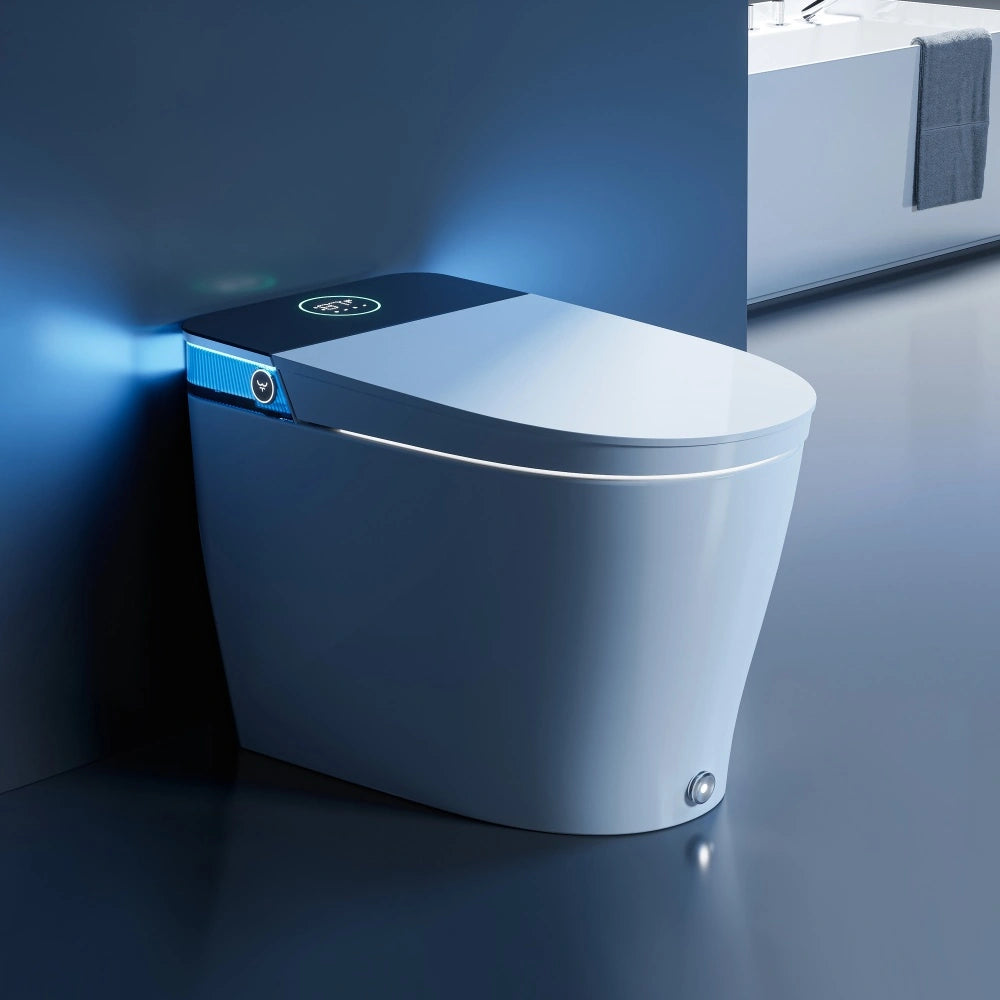
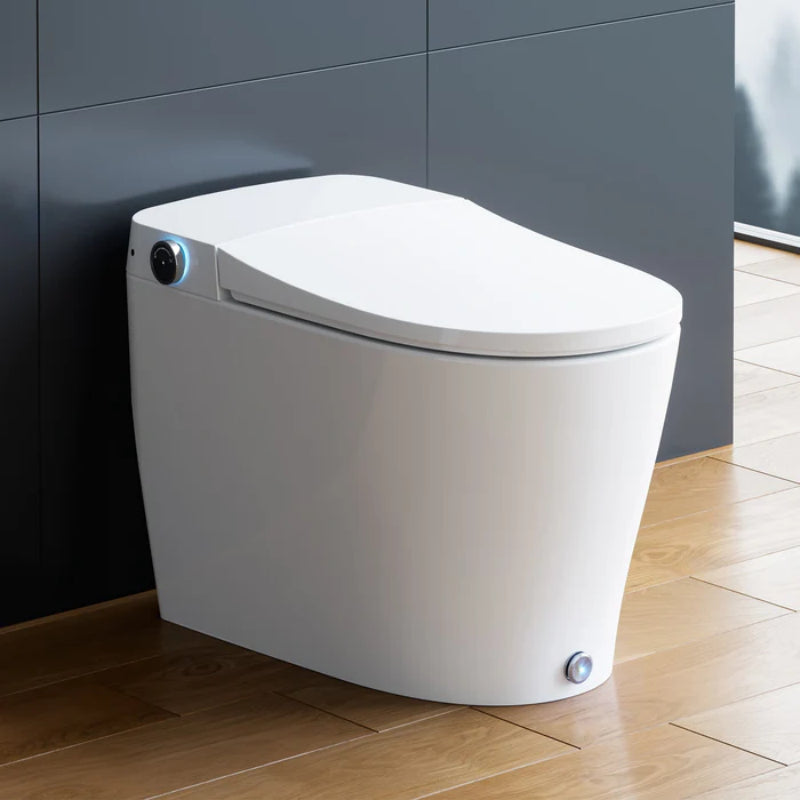
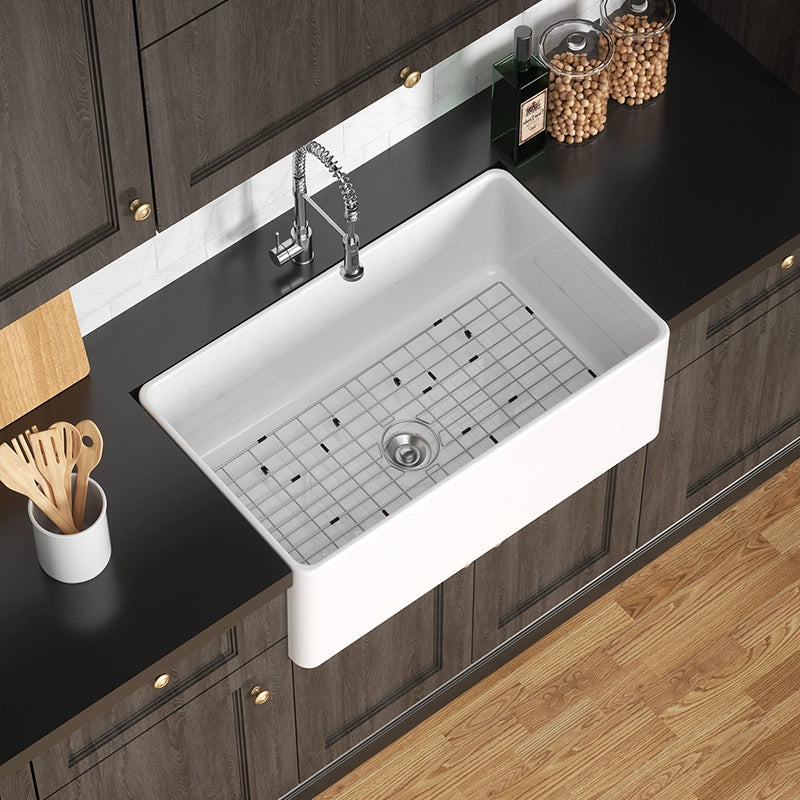
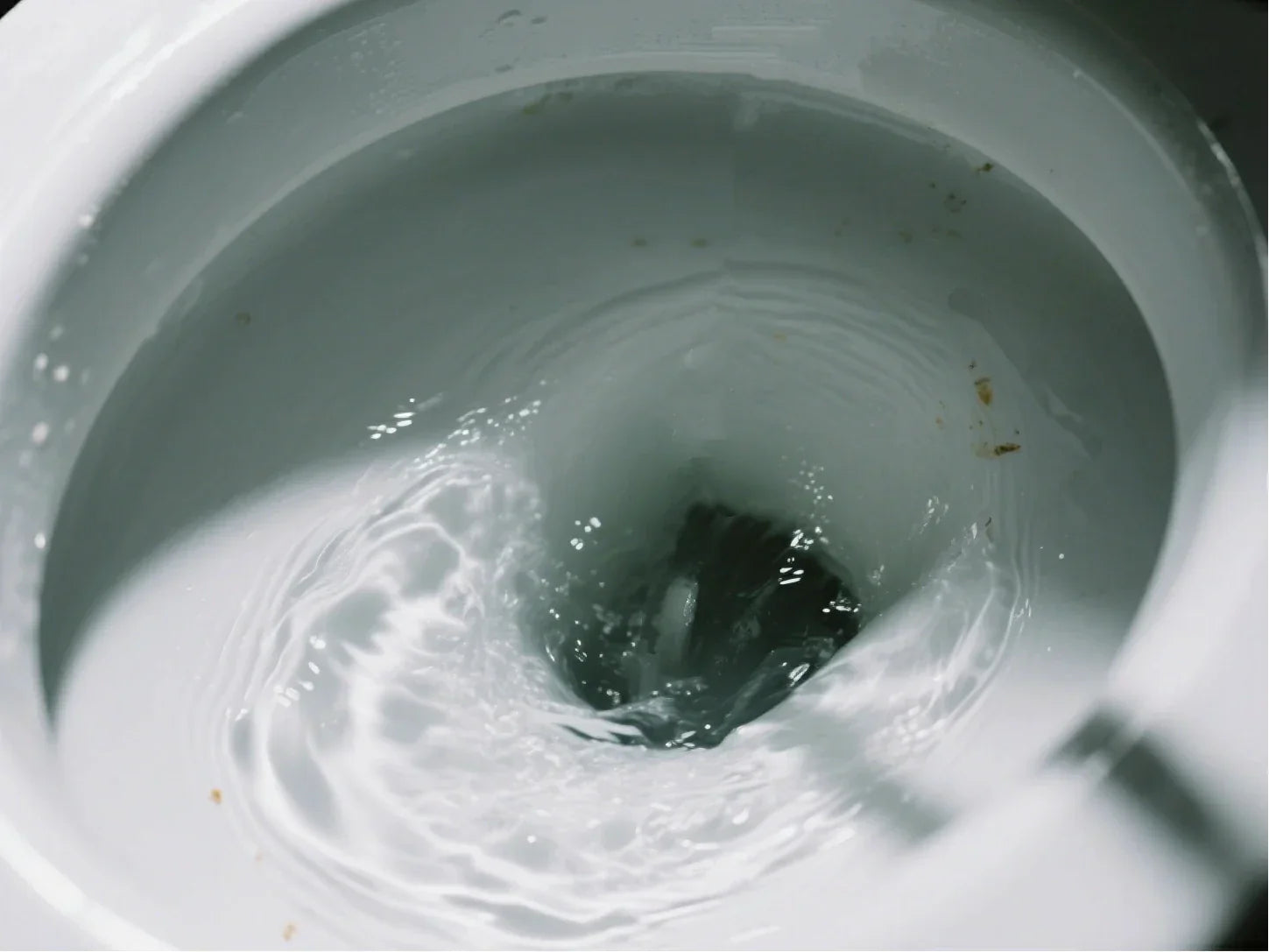
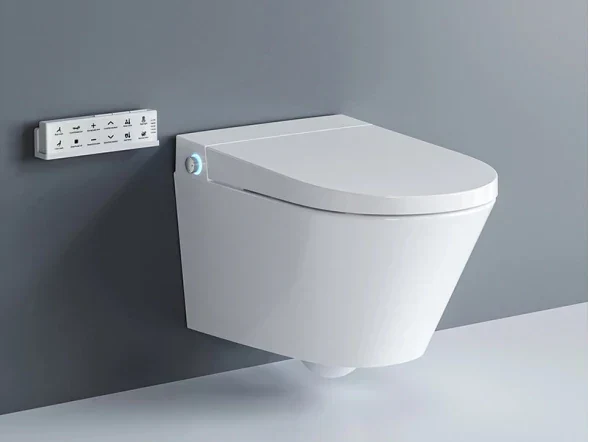
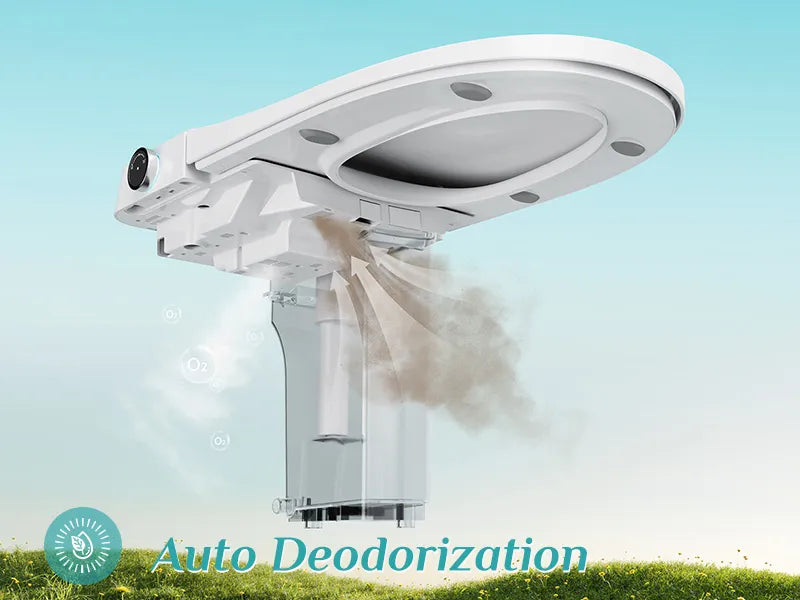

Leave a comment
This site is protected by hCaptcha and the hCaptcha Privacy Policy and Terms of Service apply.